Beda Angehrn (born 7 December 1725 in Hagenwil, modern day Amriswil; died 19 May 1796 in St. Gallen) was prince-abbot of the Abbey of Saint Gall from 1767 until 1796.
Contents



Beda Angehrn (born 7 December 1725 in Hagenwil, modern day Amriswil; died 19 May 1796 in St. Gallen) was prince-abbot of the Abbey of Saint Gall from 1767 until 1796.



Johann Konrad Angehrn was the son of the surgeon and Gerichtsammann Johann Konrad and his wife Maria Katharina (née Willi). He studied at the Jesuit College Konstanz and later at the benedictine Abbey of Saint Gall. He took his vows in the Abbey in 1744 and was given the monastic name Beda. He was subsequently ordained priest in 1749. He taught theology and philosophy in St. Gallen for 12 years. In 1753 he was made professor of theology. In 1763 Beda was appointed prior and Stadtholder of St. Johann in the Thur valley. On 11 March 1767 the Nuncio Luigi Valenti Gonzaga presided the election where Beda was ultimately elected abbot. Pope Clement XIII confirmed the election on 27 April 1767, while the benediction was given by the Nuncio on 8 September 1767. On 19 December 1767, Emperor Joseph II granted him the Jura Regalia .
Abbot Beda achieved lasting significance through his efforts in road construction. The Fürstenlandstrasse connecting Rorschach, St. Gallen, and Wil is generally regarded as his most important work and is an important connection between the abbey-principality and the Old Swiss Confederacy. The military and scientific endeavour of the Abbey were also lastingly improved by the Abbot. However, in his plans he failed to consider the available means, which led to the ruin of the Abbey's finances. He also disregarded the control rights of the chapter and ruled his realm autocratically. A few younger monks lodged complaint against the Abbot that reached the pope, but to no avail. After the outbreak of the French Revolution in 1789, the Gotteshausleute, i.e. the inhabitants of the Abbey, demanded more rights. When lamentations culminated in revolutionary movements in 1794, Prince-abbot Beda yielded remarkably easily. Despite his chapter being against him, he made wide admissions without much resistance. In the "Gütlicher Vertrag" (amicable agreement) of Gossau of 1795 he abolished the serfdom and abandoned further feudal rights or narrowed them. The convent agreed to the treaty on 18 January 1796.
Abbot Beda died on 19 May 1796 in Saint Gall.

The Abbey of Saint Gall is a dissolved abbey (747–1805) in a Catholic religious complex in the city of St. Gallen in Switzerland. The Carolingian-era monastery existed from 719, founded by Saint Othmar on the spot where Saint Gall had erected his hermitage. It became an independent principality between 9th and 13th centuries, and was for many centuries one of the chief Benedictine abbeys in Europe. The library of the Abbey is one of the oldest monastic libraries in the world.
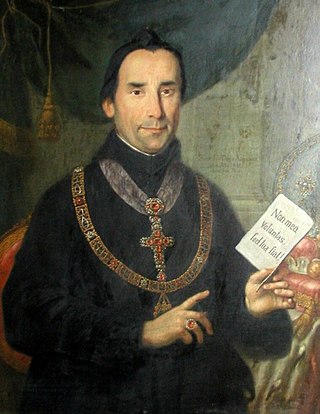
Pankraz Vorster was a Swiss abbot. He served as the last abbot of the Abbey of Saint Gall, from 1796 to 1805.
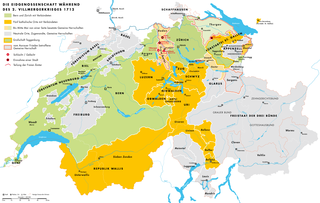
The Toggenburg War, also known as the Second War of Villmergen or the Swiss Civil War of 1712, was a Swiss civil war during the Old Swiss Confederacy from 12 April to 11 August 1712. The Catholic "inner cantons" and the Imperial Abbey of Saint Gall fought the Protestant cantons of Bern and Zürich as well as the abbatial subjects of Toggenburg. The conflict was a religious war, a war for hegemony in the Confederacy and an uprising of subjects. The war ended in a Protestant victory and upset the balance of political power within the Confederacy.
Ulrich of Eppenstein served between 1071 and his death as Abbot of the powerful Abbey of Saint Gall. Ulrich was prominent as a supporter of Emperor Henry IV during the civil wars that erupted out of the power struggles between the emperor and the papacy during the closing decades of the eleventh century.
Konrad von Gundelfingen was prince-abbot of the Princely Abbey of Kempten from 1284 until 1302. He was also anti-abbot of the Princely Abbey of Saint Gall from 1288 until 1291, appointed by King Rudolf I.

Gozbert was abbot of the Abbey of Saint Gall from 816 until 837 and also abbot of Rheinau Abbey until 850. The beginning of his term of office in Rheinau is unknown.

Grimald, Latinised Grimaldus, was abbot of Weissenburg Abbey, abbot of the Abbey of Saint Gall (841–872), arch-chaplain of the East Frankish king Louis the German (848–870) and chancellor. He was one of the founders of scholarly education in the East Franconian Empire and in St. Gall.
Hartmut von St. Gallen was abbot of the Abbey of Saint Gall.
Hartmann was abbot of the Benedictine Abbey of Saint Gall.
Berchtold von Falkenstein was abbot of the Benedictine Abbey of Saint Gall from 1244 until 1272.
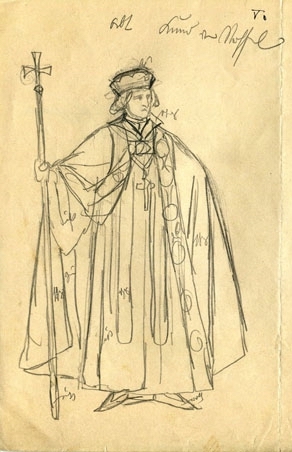
Kuno von Stoffeln was from 1379 until his death Prince abbot of Saint Gall. He descended from the family von Stoffeln with property on Castle Hohenstoffeln on the Hohenstoffeln at Hegau. He was substantially involved in the Appenzell Wars as the city refused to pay homage to him, and the Appenzellers, his subjects, even refused to pay taxes. Due to the price decline of grain after a disastrous plague epidemic, Kuno had been obliged to drastically increase taxes in order to balance the loss of revenue. He first aligned with cities at Lake Constance that were devoted to him and later with Duke Frederick IV of Austria in order to put an end to the population's attempts at freedom. He was not granted any luck in battle, however: the abbot's army lost one battle after another. Eventually, Kuno was forced to sell or lease estates in order to fill the abbey till. He left behind a completely run down monastery which had become meaningless in comparison to the aspiring city. In chronicles of the 15th century, Kuno is described as a true spectre.
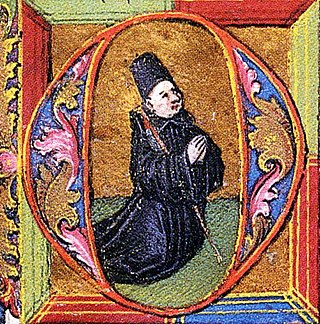
Ulrich Rösch was abbot of the Abbey of Saint Gall from 1463 to 1491. He is considered one of the most outstanding abbots of the monastery.
Gotthard Giel von Glattburg was abbot of the Abbey of Saint Gall from 1491 to 1504.
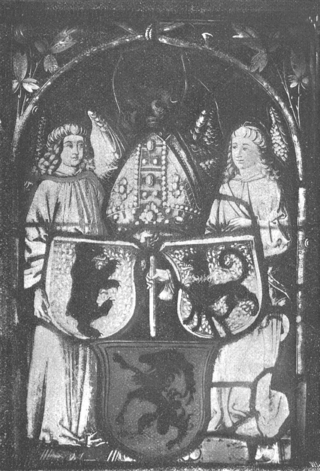
Franz von Gaisberg was librarian from 1491 to c. 1496 and abbot of the Abbey of Saint Gall from 1504 to 1529.
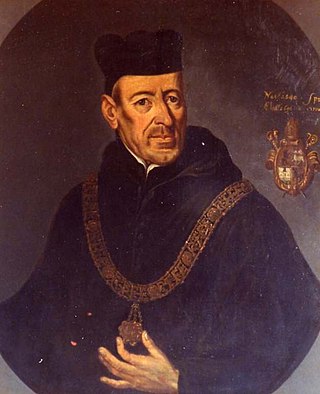
Leodegar Bürgisser was abbot of the Abbey of Saint Gall from 1696 to 1717.
Joachim Opser was abbot of the Abbey of Saint Gall from 1577 until 1594.
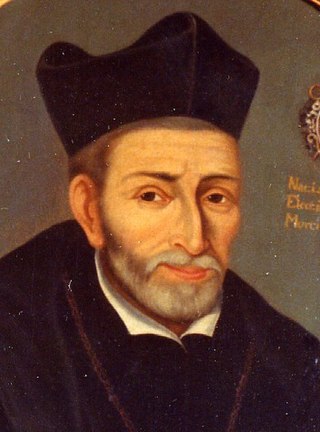
Pius Reher was abbot of the benedictine monastery of Saint Gall and prince-abbot of the Princely Abbey of Saint Gall from 1630 until 1654.
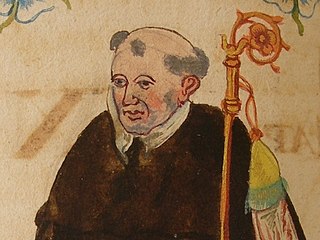
Wilhelm I Count of Montfort was prince-abbot of Saint Gall from 1281 until 1301.
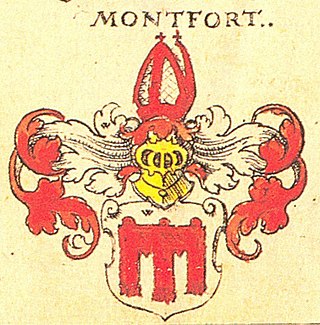
Rudolf III von Montfort was bishop of Chur (1322–1325) and Konstanz (1322–1334). He was born into the young family of Montfort-Feldkirch of the Swabian noble family of Montfort.
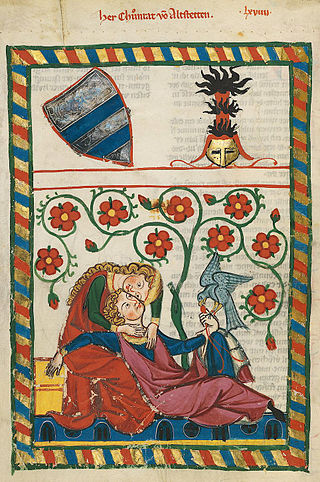
Konrad von Altstetten was a German petty nobleman and Middle High German lyric poet in the Minnesang tradition. He belonged to a family of vassals of the Abbey of Saint Gall, based in Altstätten. His poetry, light in style, was influenced by Gottfried von Neifen. Three of his songs are preserved in the Codex Manesse.